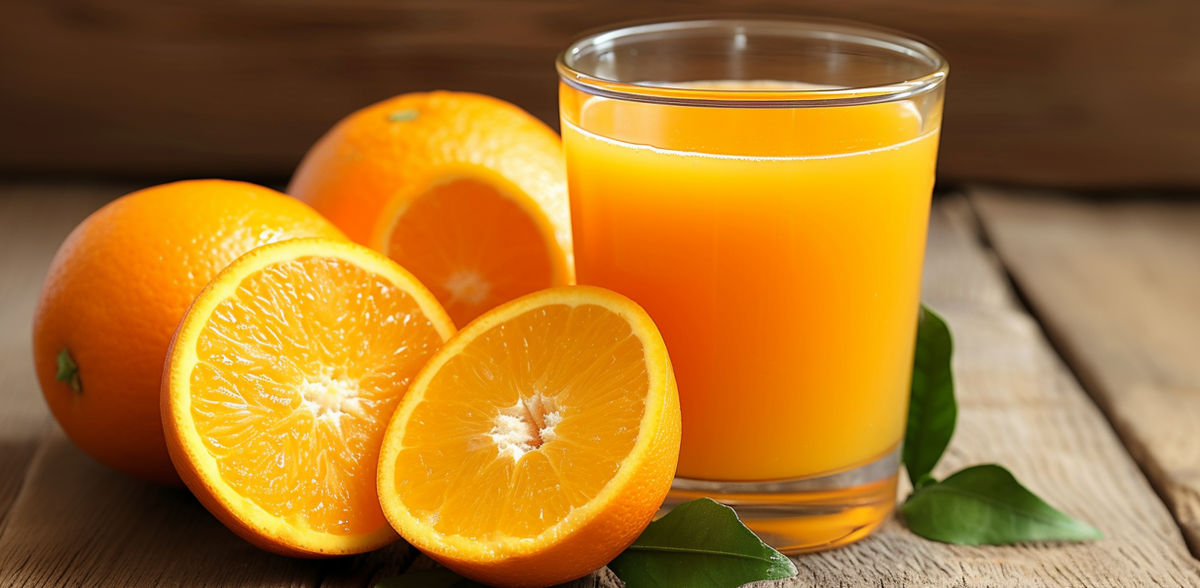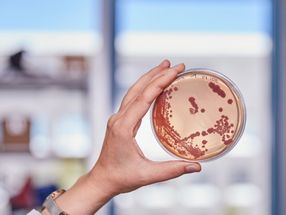Mystery of Novel Clove-Like Off-Flavor in Orange Juice Solved
Tracking down off-flavours using techniques such as gas chromatography-olfactometry and aroma extract dilution analysis
A research team led by the Leibniz Institute for Food Systems Biology at the Technical University of Munich has solved the mystery of a novel clove-like off-flavor in orange juice, the cause of which was previously unknown. The study proves for the first time that the undesirable flavor note is due to the odorant 5-vinylguaiacol. As the results of the study show, the substance is mainly produced during the pasteurization process when residues of a cleaning agent react with a natural orange juice component under the influence of heat.
This is not the first time that the orange juice industry has had to contend with clove odor. So far, 4-vinylguaiacol has been considered the main cause of this undesirable flavor note, which is particularly abundant in orange juices that have been stored for a long time. The quantitative determination of this odorant has therefore long been an established part of routine quality controls.
Eva Bauersachs, PhD student at the Leibniz Institute in Freising and first author of the study, explains: "Recently, however, we have received reports of orange juice samples that had a pronounced clove odor despite a low concentration of 4-vinylguaiacol. We therefore asked ourselves which other odorants contribute to this undesirable off-flavor."
On the trail of off-flavors
To investigate this question, the research group led by Martin Steinhaus, head of the Food Metabolome Chemistry research group at the Leibniz Institute, carried out extensive investigations in cooperation with the Professorship of Functional Phytometabolomics and the Chair of Food Chemistry and Molecular Sensory Science at the Technical University of Munich. The aim was to identify the odorants that cause the previously unexplained off-flavor and to elucidate their origins.
Using techniques such as gas chromatography-olfactometry and aroma extract dilution analysis, the team identified the odorant 5-vinylguaiacol as the source of the off-flavor in an orange juice with a pronounced clove odor. The presence of this substance in orange juice was previously unknown. Compared to 4-vinylguaiacol, it even proved to be more odor-active in five out of six commercially available orange juices with a clove-like off-flavor.
Natural component + cleaning agent residue + heat = off-flavor
Further studies suggested that 5-vinylguaiacol is formed during pasteurization when the characteristic orange juice component hesperidin reacts with peracetic acid. Peracetic acid is used as a cleaning agent for cleaning-in-place (CIP) in the fruit juice industry, among others.
"Inadequate rinsing of the machines after the CIP process could therefore have led to contamination of the orange juice with peracetic acid and caused the formation of 5-vinylguaiacol during further processing," says principal investigator Martin Steinhaus. Based on the new scientific findings, the team recommends that orange juice processing companies should no longer use peracetic acid as a cleaning agent.
Original publication
Other news from the department science
Most read news
More news from our other portals
See the theme worlds for related content
Topic world Gas chromatography
Gas chromatography is an essential method in analytical chemistry for the separation and analysis of volatile compounds. Due to its high resolution and sensitivity, it has become firmly established in areas such as environmental analysis, food chemistry or forensic science. GC provides precise and reliable results and enables deep insights into the chemical composition of samples.

Topic world Gas chromatography
Gas chromatography is an essential method in analytical chemistry for the separation and analysis of volatile compounds. Due to its high resolution and sensitivity, it has become firmly established in areas such as environmental analysis, food chemistry or forensic science. GC provides precise and reliable results and enables deep insights into the chemical composition of samples.

























































